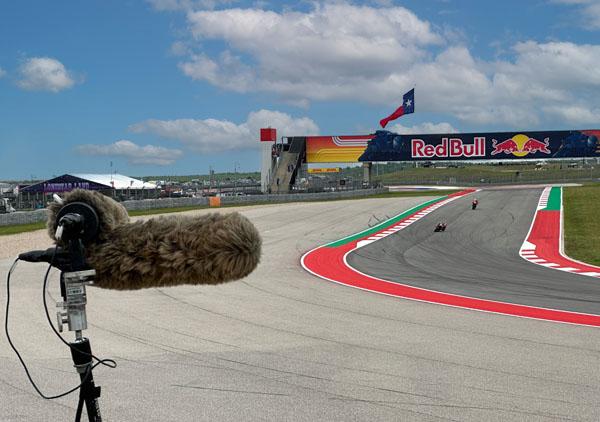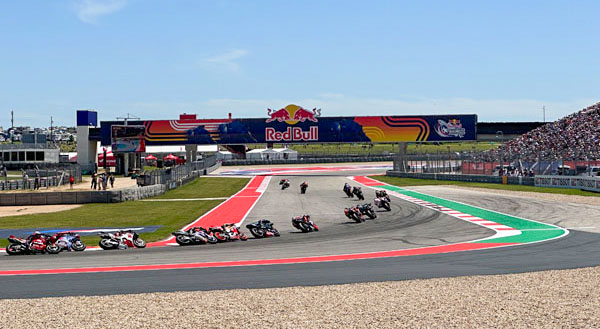Thanks for sharing this wonderful site, it has really helped me learn so much। GENIUS!
http://bit.ly/3Kli1oK
http://bit.ly/3KnOvyr
http://bit.ly/3zED8xo
http://bit.ly/3mbz0lr
http://bit.ly/40Se6H2
http://bit.ly/3Gs0Uk6
http://bit.ly/43hJvEd
https://bit.ly/3ZUMyzr
https://bit.ly/3MomSYL
http://bit.ly/3MsWTQa
http://bit.ly/41g7x0R
http://bit.ly/3zI9YNR
http://bit.ly/3zIwyGg
http://bit.ly/3Gs2S3N
https://bit.ly/3KjVCYQ
https://bit.ly/3KKFKAf
http://bit.ly/3KIvqIV
http://bit.ly/41ddRGo
http://bit.ly/3mijEeW
http://bit.ly/3UhywXu
http://bit.ly/3Um8sdz
http://bit.ly/3Um9pCS
http://bit.ly/3KhPSyV
http://bit.ly/43hCjbh
https://bit.ly/3MrDj6A








































































